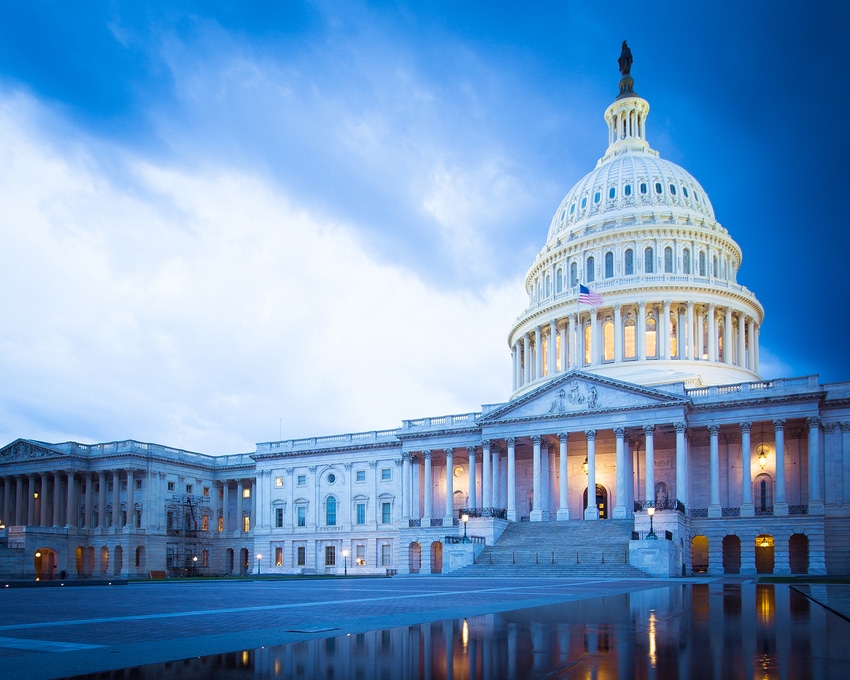House passes farm bill onto Trump
UPDATED: U.S. House of Representatives approved the bill 369-47 today after the Senate passed it yesterday 87-13.
December 12, 2018

Compiled by Kevin Schulz
President Trump is now the only thing in the way of the Agriculture Improvement Act of 2018, i.e. the farm bill, from becoming law.
Today the U.S. House of Representatives approved the bill 369-47 after the Senate passed it yesterday 87-13. The bill now moves to President Trump’s desk for approval.
USDA Secretary Sonny Perdue hailed the farm bill passage, saying, “The passage of the 2019 farm bill is good news because it provides a strong safety net for farmers and ranchers, who need the dependability and certainty this legislation affords. This farm bill will help producers make decisions about the future, while also investing in important agricultural research and supporting trade programs to bolster exports. While I feel there were missed opportunities in forest management and in improving work requirements for certain SNAP recipients, this bill does include several helpful provisions and we will continue to build upon these through our authorities. I commend Congress for bringing the farm bill across the finish line and am encouraging President Trump to sign it.”
The National Pork Producers Council praised Senate and House lawmakers for today approving the 2018 farm bill, which includes important mandatory funding for animal disease prevention and preparedness efforts. President Trump is expected to sign the legislation into law in the coming days.
“Obviously, the farm bill is extremely important to American agriculture,” says NPPC President Jim Heimerl, a pork producer from Johnstown, Ohio. “The 2018 bill is particularly good for livestock agriculture because it includes funds that will help protect our animals, our food supply and our economy from foreign animal diseases.”
The five-year agricultural blueprint includes $120 million for the first four years for animal health and disease preparedness, requiring at least $5 million a year for the National Animal Disease Preparedness Program. Money can be allocated for a foreign animal disease vaccine bank; for the National Animal Health Laboratory Network, which provides disease surveillance and diagnostic support; and, through block grants, for state efforts to prepare for any foreign animal disease outbreak. The NAHLN is authorized for another $30 million a year for all five years of the bill, and in the fifth year another mandatory $30 million is allocated for all three programs, with at least $18 million going to the state block grants. The bill also gives the agriculture secretary discretion to allocate additional funds, as necessary, for the vaccine bank and the disease preparedness program.
In addition to the animal health and disease-preparedness provisions, the bill has funding for the International Market Development Program, which includes the Market Access Program and the Foreign Market Development Program that support export markets for U.S. farm goods. The programs are funded at not less than $200 million and not less than $34.5 million, respectively.
“NPPC thanks members who voted in favor of this vital legislation and is particularly grateful to the leadership of the Senate and House agriculture committees for putting together a very good farm bill,” Heimerl says.
You May Also Like



